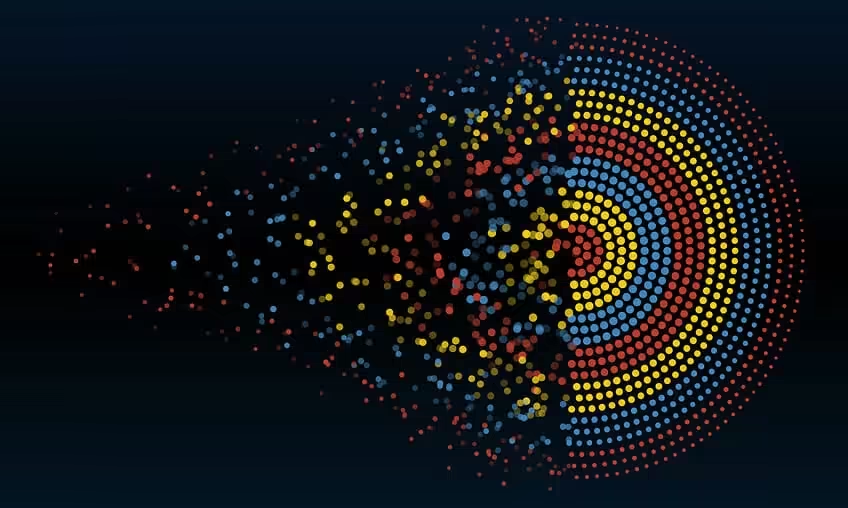Most of our articles about HR analytics emphasize the importance of using HR data to make decisions or obtain insights about employees. One thing that we haven’t discussed is the importance of visualization of the data. When communicating with various business stakeholders, there needs to be a clear and non-technical way of explaining how data was used to make certain decisions or to draw certain conclusions. This is important since with HR data, not only can a business determine, make decisions on salaries or determine the time employees spend working, but they can also determine productivity, employee attrition, employee job satisfaction, the number of employees required for a certain department and so on. This shows how critical HR data is to company operations and success.
In the article “Using organizational social networks data to build strong teams” by Benjamin Sombi, an important use case for HR data is given.
“Organizations can use past employee networks or communication data to predict who is likely to leave the organisation in the future. Ways of retaining these employees, if they are good performers, may then be implemented.”
But when making decisions on how to retain employees, how does one communicate how they came up with which employees are likely to leave the company? The best way to explain technical information to nontechnical people is through visualizations. The question then becomes “What types of visualizations are best for HR data?”
Another article, How to be successful by applying data in HR, discusses the importance of creating an HR dashboard.
‘Data visualization is crucial to an analytics initiative. An HR dashboard functions as a one-stop shop for all the internal and external HR data. A graphical presentation of all this data will enable organisations to monitor and benchmark the data to derive insights.’
A dashboard is a combination of graphical representations of data or insights derived from data. It can have bar charts, pie charts, text, line graphs, and many other visual representation tools. For web-based HR dashboards, utilizing a customizable JavaScript spreadsheet library can help embed interactive tables, charts, and calculations into your platform, making it easier to build dynamic and intuitive data views for various stakeholders.
Since a dashboard contains many graphical tools, one should make sure that it is not cluttered. The book, Storytelling with Data, emphasizes that there is a difference between showing data and telling a story with data. Not all visualizations are suitable for any kind of data. Consider the following example.
For HR purposes, a survey can be carried out to find out if employees will stay at a company given two sets of different working conditions. The responses will then need to be presented using visualizations. The following graphic shows the data.
This may seem like it’s telling a story but consider the following graphic:
Of course, it depends on what you are trying to communicate to your audience. This example shows that in this case, for comparison purposes, it would be better to use the bar chart compared to the pie charts. With pie charts, one has to compare from one chart to the other and also not get confused by the colour key.
Other various types of graphics can be used for HR data visualization. An article on Klipfolio categorizes these graphics and the types of data they are used for. For temporal and one-dimensional data, Scatter plots, Polar area diagrams, Time series sequences, Timelines and Line graphs can be used. For data that is ordered and has hierarchies, Tree diagrams, Ring charts and Sunburst diagrams can be used. For demonstrating networks or relationships between data, Matrix charts, Node-link diagrams or Word clouds can be used. For multidimensional data, where there are two or more categories or variables, Scatter plots, Pie charts, Venn diagrams, Stacked bar graphs or Histograms can be used. And then for geospatial data, Flow maps, Density maps, Cartograms, or Heat maps can be used.
When creating data visualizations, the aim should always be to communicate in the fastest way possible with the lowest work for the audience.
Various tools can be used to create data visualizations, depending on how technical a person is. For non-technical people, Microsoft Excel and Microsoft Power BI would be good tools to use and for technical people, there are various tools to use. These include R, Python, R Studio’s shiny framework, Dash framework and many others.

